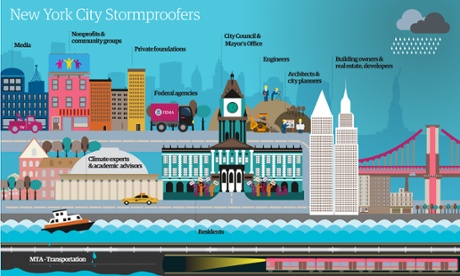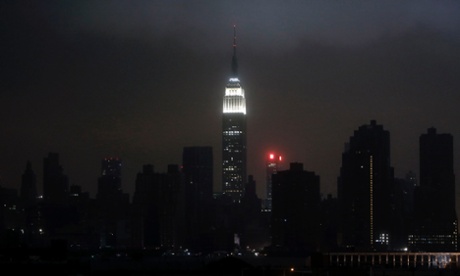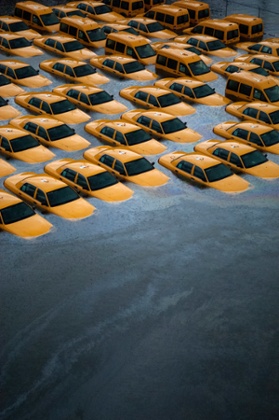
Exactly two years ago, swaths of New York were in darkness – recovering from a natural disaster for which the city was indisputably unprepared.
In the week following hurricane Sandy’s October visit in 2012, lower Manhattanites sat in blacked-out apartments with no running water. The city’s largest hospitals sat useless, their patients relocated. Engineers were pumping water out of subway and road tunnels throughout the city, though its salt had already destroyed power systems and begun corroding infrastructure. Gas station lines were long and unmoving. Families mourned 44 deaths, and millions of residents looked helplessly at $50bn-plus in damage the storm had caused – including thousands of homes and cars destroyed from floods, winds and subsequent fires.
It felt, at the time, truly irreparable.

I often find myself wondering: when the next big storm comes and goes, will things will be any different?
There are people whose job it is to make sure New York City is protected from future natural disasters. But they don’t all have the same boss or work in the same agency. They’re not a team with a captain, exactly, but something closer to a network – a makeshift coalition of stormproofers. Some are public employees who report to the mayor. Some are private firms that design flood banks and seawalls. Others are high-priced consultants that the city pays for a gameplan. For these people, it’s about the future: part of their job is to anticipate – and plan for – tomorrow’s problems. Are they working harder now than they were before Sandy?

Welcome to our Guardian series, in which I will interview the people working to Stormproof the City. I’m not approaching this as an expert in emergency preparedness but as a city dweller trying to make sense of the system that’s supposed to protect me and millions of others from the next big storm. Each interview will inform the next, like a web or a chain.
I’m starting with three simple questions, which I’ll address in each interview:
- Can it be done? (To what extent can you really storm-proof a city as large and complex as New York?)
- How much more prepared are we now than we were in 2012?
- What keeps you up at night?
You can read my first interview, with climate scientist Klaus H Jacob, here. You can choose from all the other interviews in the headline.
Over time, these conversations will start to reveal the complex, often invisible network of institutions, people and technologies that protect us. The graphic you see at the top visualizes the main players as I understand them now. The graphic has been slowly shifting over time as the nuances of the network become more clear. Slowly, together, as we find out how safe we really are, we’ll be able to most accurately map the system of players who know that best.
If you want to follow along on this journey, subscribe to the series below. I’ll send each new installment directly to your inbox.
If you you’re an expert in this topic and think there’s something I should know or someone I should interview, contribute your knowledge below. I may contact you to discuss further and/or include your insight in my reporting.
We’re in this together.







